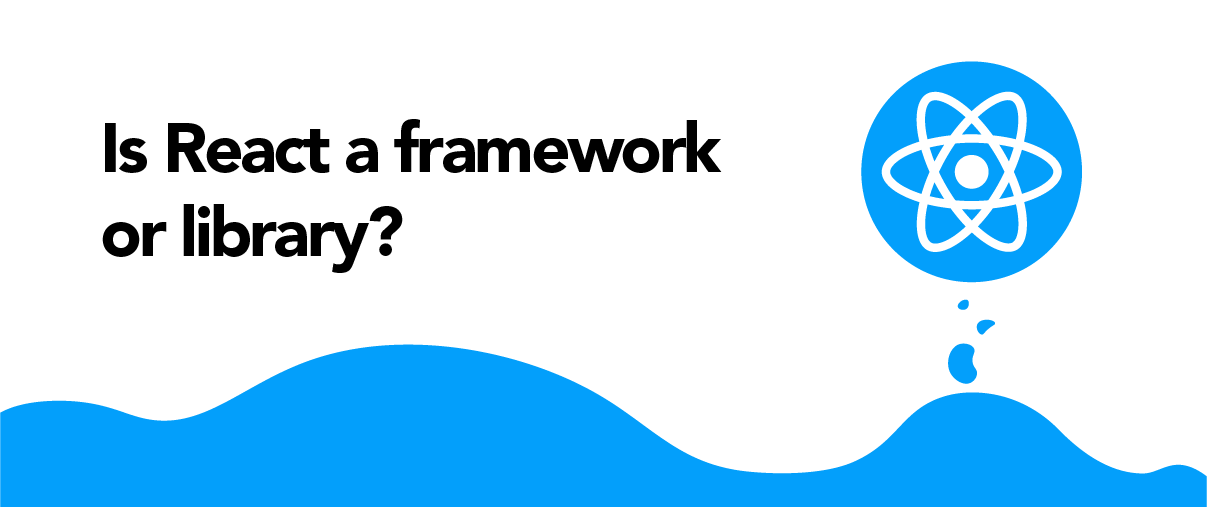People often wonder why we call React a “library” instead of a “framework.” It’s a common question, especially for those just starting to learn React. To understand this, let me explain with a simple example.
Think of React like a toolbox you might find in a car repair shop. In this toolbox, there are different tools, like wrenches, screwdrivers, chains, and pressure pumps. Now, imagine a mechanic working on a car. The mechanic can freely choose which tool to use based on what’s needed for a particular repair. There’s no strict rule saying they must use a specific tool for a specific job. This freedom to choose the right tool is similar to how React works.
Moreover, React is like a toolbox that not only offers a variety of tools but also provides a wide range of them. It’s like the mechanic has been given a lot of tools, each designed for different types of repairs. This abundance of tools in React allows developers to have a diverse set of pre-written code options to handle various tasks when building websites or applications. Just as the mechanic can pick the perfect tool for any job, developers using React can choose from a rich set of components to suit their specific needs. This flexibility is one of the reasons why React is often compared to a toolbox, or a library, rather than a strict framework.
So, React doesn’t force you to follow a strict set of rules like a “framework” would. Instead, it gives you the freedom to choose the tools (components/functions/methods/pre-written codes) you need to get the job done. This flexibility makes React more like a library than a framework. It’s like having a set of tools that help save time and make your code work better.


